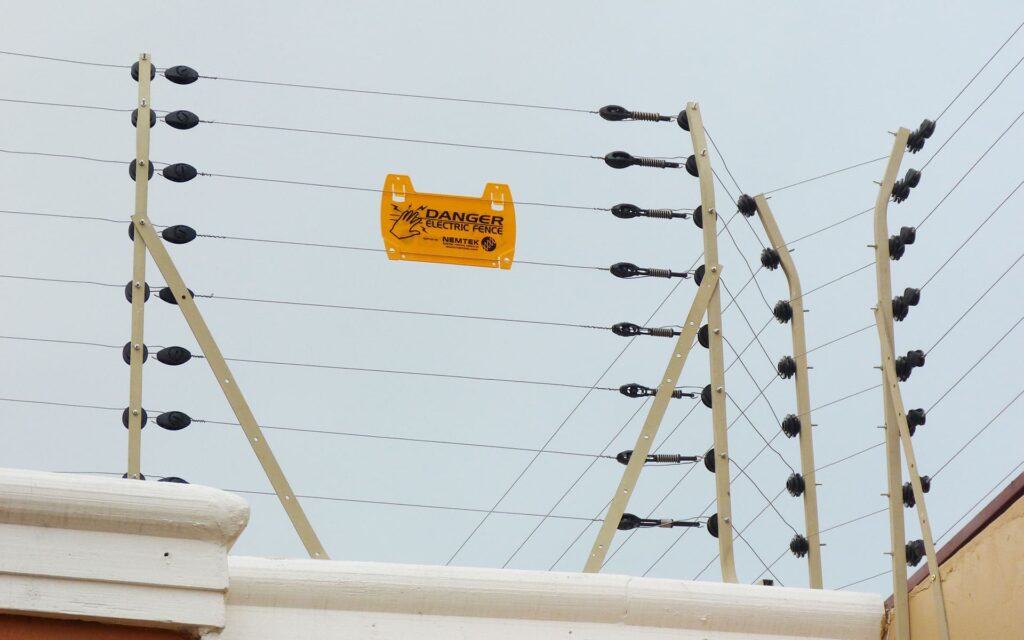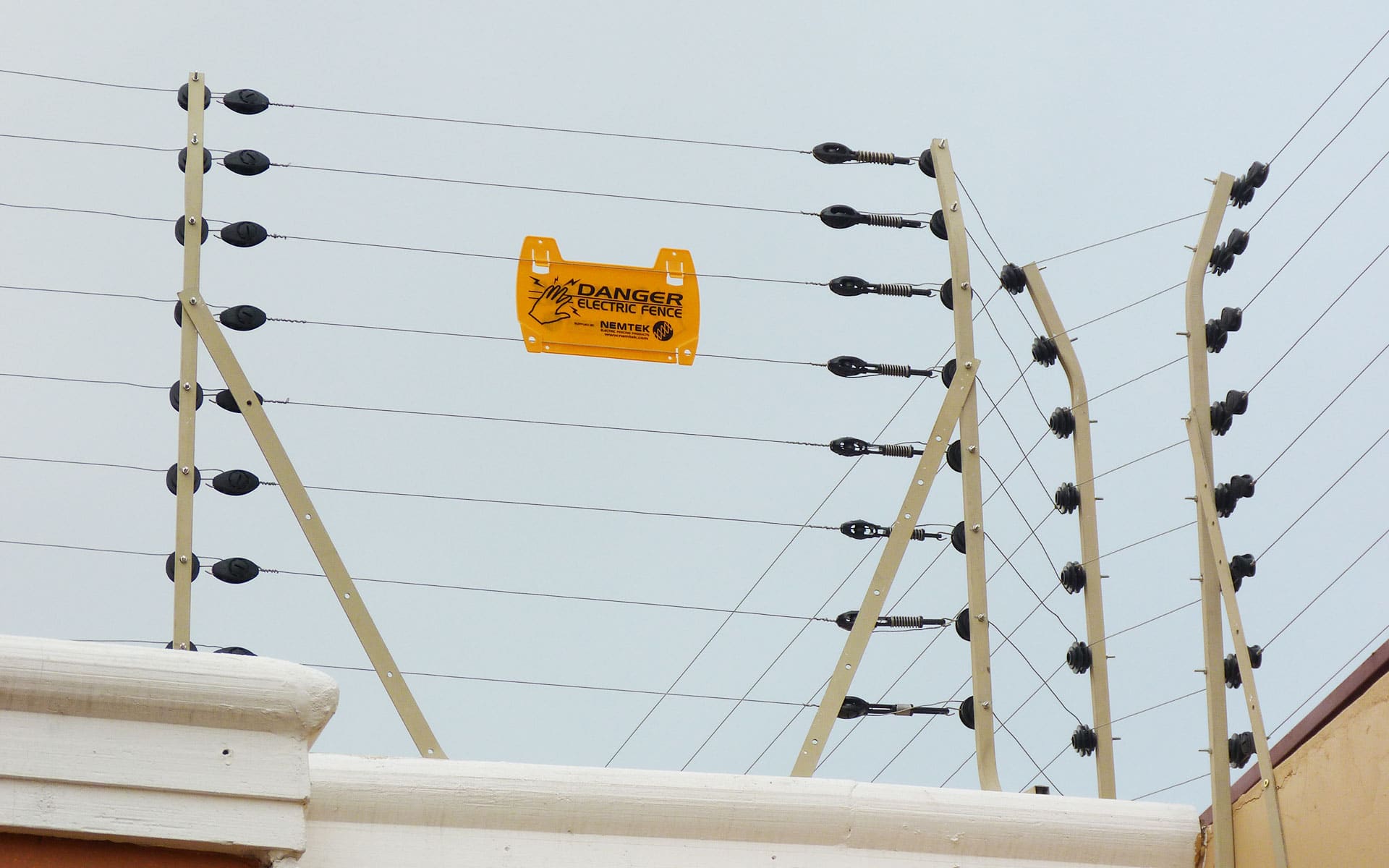
The Ultimate Guide to the Best Indoor Electric Fence Solutions
Keeping pets safe and contained indoors can be a challenge, especially for those with curious cats or dogs prone to wandering. An indoor electric fence offers a humane and effective solution for setting boundaries and preventing unwanted behaviors. This comprehensive guide explores the best indoor electric fence options available, focusing on their features, benefits, and how to choose the right one for your specific needs. We’ll delve into various types, installation tips, and address common concerns to help you make an informed decision about the best indoor electric fence for your furry friends.
Understanding Indoor Electric Fences
An indoor electric fence, unlike its outdoor counterpart, is designed for indoor use. It typically consists of a transmitter that emits a radio signal and a receiver collar worn by your pet. When your pet approaches the boundary established by the transmitter, the collar emits a warning tone, followed by a mild static correction if they continue closer. The goal is to train your pet to respect the boundaries without causing harm. Finding the best indoor electric fence for your pet requires research and careful consideration.
How They Work
The system operates by creating a wireless boundary. The transmitter emits a signal that the receiver collar detects. The strength of the signal determines the range of the boundary. When the pet enters the boundary zone, the collar beeps. If the pet continues past the beep, a static correction is delivered. This correction is designed to be startling but not harmful. Over time, the pet learns to associate the beep with the boundary and avoids crossing it. The best indoor electric fence will allow for adjustable correction levels.
Benefits of Using an Indoor Electric Fence
- Effective Training: Provides a consistent and reliable method for training pets to stay away from certain areas.
- Customizable Boundaries: Allows you to set specific boundaries tailored to your home’s layout and your pet’s behavior.
- Humane: Offers a safe and humane alternative to physical barriers or punishment.
- Convenient: Eliminates the need for constant supervision and physical intervention.
- Protecting Furniture: Can be used to keep pets off furniture, away from plants, or out of specific rooms.
Types of Indoor Electric Fences
Several types of indoor electric fences cater to different needs and pet sizes. Understanding these differences is crucial in selecting the best indoor electric fence for your situation.
Wireless Indoor Electric Fences
Wireless systems are the most common type. They use a transmitter that emits a radio signal to create a circular or adjustable boundary. These are generally easy to install and offer flexibility in boundary placement. The range can be adjusted to fit your space. Look for models with customizable correction levels to ensure the best indoor electric fence experience for your pet.
Wired Indoor Electric Fences
Wired systems involve running a physical wire around the perimeter of the area you want to protect. The wire carries a low-voltage current that triggers the receiver collar. These are more labor-intensive to install but offer precise boundary control and are less susceptible to interference. While less common indoors, they can be a good option for specific configurations. Finding the best indoor electric fence might mean weighing the pros and cons of wired vs. wireless.
Electric Mat Training Systems
These systems use a mat that delivers a static correction when stepped on. They are ideal for keeping pets off furniture or away from specific areas like countertops. These are localized solutions and are not designed to create a perimeter. They can be used in conjunction with other indoor electric fence systems. Using an electric mat could be part of your comprehensive best indoor electric fence strategy.
Factors to Consider When Choosing an Indoor Electric Fence
Choosing the best indoor electric fence requires careful consideration of several factors. Here’s what to keep in mind:
Pet Size and Temperament
The size and temperament of your pet are crucial considerations. Smaller pets may require lower correction levels, while more stubborn pets may need higher settings. Ensure the collar is appropriately sized and comfortable for your pet. A well-fitting collar is essential for the best indoor electric fence performance.
Range and Coverage Area
Consider the size of the area you need to protect. Wireless systems offer adjustable range, while wired systems provide precise boundary control. Measure the space and choose a system that adequately covers the area. Accurate range and coverage are key to finding the best indoor electric fence.
Correction Levels
Adjustable correction levels are essential for tailoring the system to your pet’s needs. Start with the lowest setting and gradually increase it until your pet responds to the warning tone. Avoid using excessive correction levels. The best indoor electric fence systems offer a wide range of adjustable levels.
Ease of Installation
Consider how easy the system is to install. Wireless systems are generally easier to set up than wired systems. Read reviews and instructions to ensure you can install the system correctly. Simple installation is a major plus when choosing the best indoor electric fence.
Battery Life
Check the battery life of the receiver collar. Long battery life reduces the frequency of replacements and ensures consistent protection. Some collars have rechargeable batteries, which can be more convenient. Good battery life is an important feature for the best indoor electric fence.
Safety Features
Look for systems with safety features such as automatic shut-off if the pet remains in the boundary zone for too long. This prevents prolonged static correction. Safety features are paramount when selecting the best indoor electric fence.
Customer Reviews and Ratings
Read customer reviews and ratings to get insights into the performance and reliability of different systems. Pay attention to comments about effectiveness, ease of use, and customer support. Customer feedback can guide you to the best indoor electric fence.
Top Indoor Electric Fence Recommendations
Based on research and customer reviews, here are some top-rated indoor electric fence options:
- PetSafe Pawz Away Indoor Pet Barrier: A popular wireless system known for its ease of use and adjustable range.
- Smart Yard Wireless Fence: Offers a wide range of coverage and customizable correction levels.
- Sit Boo-Boo Wireless Dog Fence: Known for its reliability and durable collar.
- eXtreme Dog Fence: This brand provides a high-quality wired system ideal for challenging layouts.
Installation Tips for Indoor Electric Fences
Proper installation is crucial for the effectiveness of your indoor electric fence. Here are some tips to ensure a successful setup:
Read the Instructions Carefully
Always read the manufacturer’s instructions thoroughly before installation. This will help you understand the system’s features and how to set it up correctly.
Choose the Right Location for the Transmitter
Place the transmitter in a central location that provides adequate coverage for the area you want to protect. Avoid placing it near metal objects or appliances that can interfere with the signal.
Test the Boundary
After installation, test the boundary with the receiver collar to ensure it’s working correctly. Walk the perimeter and check that the collar beeps and delivers a static correction when you enter the boundary zone.
Introduce Your Pet Gradually
Introduce your pet to the system gradually. Start by letting them wear the collar for short periods without activating the static correction. Then, introduce them to the boundary with the warning tone only. Only use the static correction when necessary.
Consistent Training
Consistency is key to successful training. Use positive reinforcement to reward your pet for staying within the boundaries. Avoid scolding or punishing your pet.
Addressing Common Concerns
Some pet owners have concerns about using electric fences. Here are some common concerns and how to address them:
Is it Humane?
When used correctly, indoor electric fences are a humane training tool. The static correction is designed to be startling but not harmful. It’s important to use adjustable correction levels and monitor your pet’s reaction.
Will it Hurt My Pet?
The static correction is not intended to hurt your pet. It’s similar to the sensation of static electricity. However, it’s important to use the lowest correction level that is effective for your pet.
Can My Pet Get Through the Fence?
With proper training, most pets will learn to respect the boundaries established by the electric fence. However, some pets may be more persistent. In these cases, you may need to use higher correction levels or reinforce the training.
What if the Power Goes Out?
Most indoor electric fences have battery backup in case of a power outage. Check the battery life and ensure it’s sufficient for your needs.
Maintaining Your Indoor Electric Fence
Regular maintenance is important to ensure the longevity and effectiveness of your indoor electric fence:
Check the Batteries Regularly
Check the batteries in the receiver collar and transmitter regularly. Replace them as needed to ensure the system is working properly.
Clean the Collar
Clean the receiver collar regularly to remove dirt and debris. This will ensure good contact between the collar and your pet’s skin.
Inspect the Wiring (for Wired Systems)
For wired systems, inspect the wiring regularly for damage or wear. Replace any damaged wires immediately.
Conclusion
An indoor electric fence can be a valuable tool for training your pet and keeping them safe indoors. By understanding the different types of systems, considering the factors that are important to you, and following the installation and training tips outlined in this guide, you can choose the best indoor electric fence for your needs. Remember to prioritize safety, consistency, and positive reinforcement to achieve the best results. Finding the *best indoor electric fence* is an investment in your pet’s well-being and your peace of mind. [See also: Dog Training Basics] [See also: Cat Behavior Problems] [See also: Safe Pet Products]

